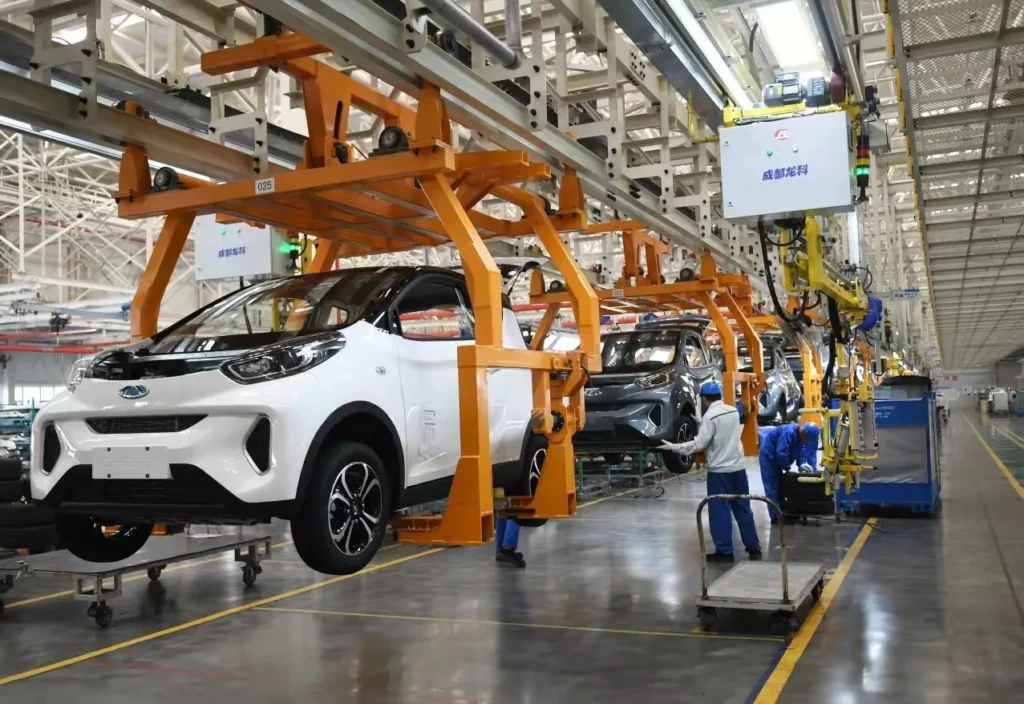When it comes to automotive wiring harnesses, understanding the cost structure is crucial. Let’s break down the major components and their contributions to the overall expense.
Material Costs: The Biggest Slice of the Pie
Materials account for the lion’s share of wiring harness costs. In fact, according to Hu Guang Co.’s 2021 annual report, direct materials made up a whopping 76.64% of total costs. The primary raw materials include:
- Wire terminals
- Sheathing
- Sealing components
These components are largely made from copper, rubber, and plastics. Their prices are heavily influenced by commodity market rates for copper, petroleum, natural rubber, and various chemical materials.
Breaking Down the Material Costs
Let’s look at the specific proportions of key materials:
- Cables: The largest expense, with copper at its core
- Wire sheathing
- Terminals
Hu Guang Co.’s prospectus reveals that in 2019, these three components accounted for:
- Cables: 29.70%
- Sheathing: 18.73%
- Terminals: 18.17%
Over the years 2017-2019, these three materials consistently made up about 65-66% of total purchases.
A Closer Look at Cable Cost
Wire and cable typically represent about 30% of the total wiring harness cost. The majority of this expense comes from copper, which makes up over 80% of the costs for cable manufacturers. For instance, cable manufacturer Kabeiyi reported that in 2019:
- Raw materials accounted for 93.69% of primary business expenses
- Copper materials alone made up 86.23% of costs
Labor: The Second Biggest Expense
The automotive wiring harness industry is labor-intensive. Many tasks, such as wire insertion, encapsulation, and bundling, require manual labor. Hu Guang Co.’s 2021 annual report shows that direct labor expenses accounted for 13.43% of costs.
Conclusion
Understanding the cost structure of automotive wiring harnesses is essential for both manufacturers and buyers. With materials (especially copper) and labor being the primary cost drivers, keeping an eye on commodity prices and labor market trends is crucial for predicting and managing expenses in this industry.

